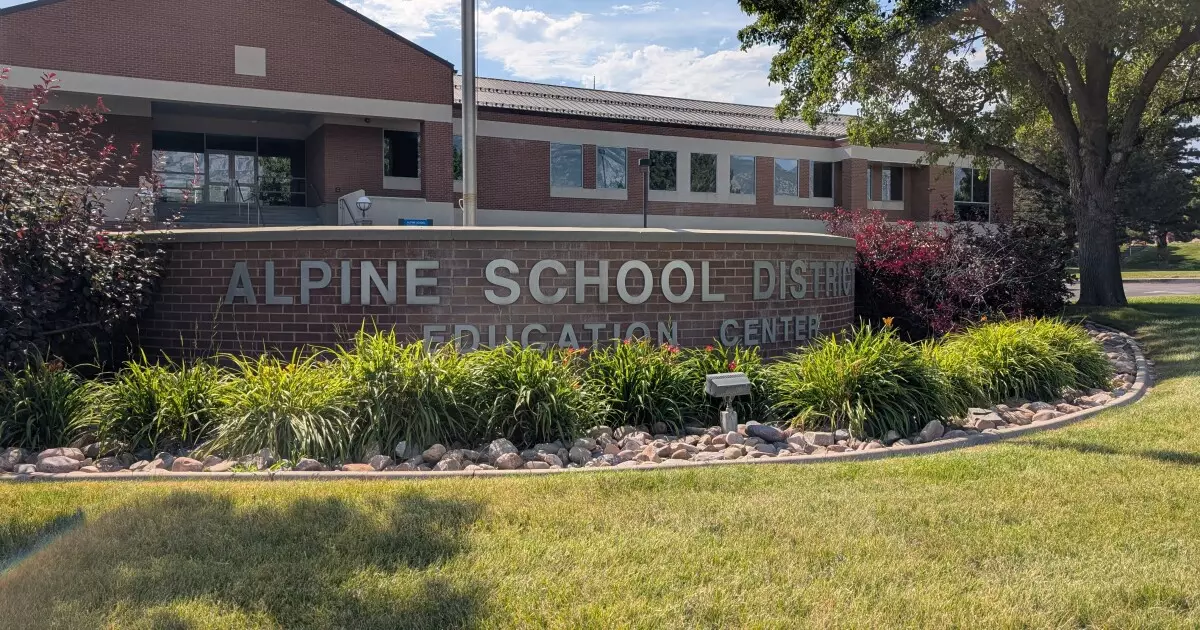The recent decision by Utah’s Alpine School District to split into three autonomous systems signals more than just a reorganization—it’s a strategic gamble with profound implications for fiscal accountability and community cohesion. While proponents herald the division as a means to better tailor educational resources, the reality is that this fragmentation introduces unnecessary complexity and financial burdens that could ultimately hinder long-term growth. The $201 million bond issuance, designed to fund school infrastructure in the emerging west district, exemplifies this misguided approach. Rather than strengthening community bonds, dividing districts risks creating silos that undermine collaborative planning and shared accountability, which are vital in managing not just debts but the education future of thousands of students.
Since the voter-approved plan mandates the division of outstanding debt, the complexity of allocating financial liabilities becomes a looming obstacle. This division, while seemingly equitable, raises concerns about the transparency and fairness of how debts are proportioned, especially when considering long-term liabilities. The political allure of smaller, more localized districts often masks deeper financial vulnerabilities—such as the West District’s projected “weak” long-term liability profile—that could burden local taxpayers in unforeseen ways. Moreover, allowing a district in flux to assume enormous debt raises questions about responsible fiscal stewardship, especially when the new administrative structures have yet to be established or fully vetted.
Financial Engineering or Fiscal Folly? Analyzing the Risks
The bond structure itself embodies a precarious balancing act. Under a master lease agreement, the West District will assume the debt from Alpine even though it does not yet exist as a fully operational entity. The bonds, rated AA-plus by Fitch—albeit with a negative outlook—highlight the fragility in this financial scheme. Fitch’s concern about the “weak” long-term liability burden linked to the district’s future obligations points to a fundamental flaw: reliance on projections and assumptions that may not materialize as envisioned.
Moody’s also assigns a slightly lower Aa2 rating, citing transition risks associated with Alpine’s dissolution and the novation of debt to a yet-to-materialize district. This indicates an inherent uncertainty, not necessarily regarding the district’s creditworthiness but about the sustainability of financing strategies in a period of structural upheaval. The reliance on an untested organizational model risks saddling taxpayers with liabilities that outlast their immediate needs, leading to potential fiscal stress down the road.
Furthermore, the financial logic underpinning the bonds—designed to support new school construction while managing existing debt—underscores a broader issue: the reliance on borrowing to address growth. This approach assumes that future revenue streams and property valuations will sufficiently cover increased liabilities, a bet that might not always pan out. Such an approach raises philosophical questions about whether debt-driven infrastructure expansion is the best route forward or an easy fix that postpones inevitable structural reforms.
Political Dynamics and the Future of Local Control
The legislative change via Senate Bill 188—allowing Utah school districts to issue bonds without voter approval—further complicates the matter. While intended to streamline funding, it risks reducing public oversight and accountability. In essence, legislators have created a financial environment where districts can grow their debt footprints without direct voter consent, shifting the power dynamics away from communities and into the hands of district administrators and bond underwriters.
This shift may seem advantageous in enabling rapid infrastructure development, but it could also pave the way for unchecked borrowing that burdens families and taxpayers. It raises a critical question: are we prioritizing rapid expansion over responsible fiscal planning? As districts like Alpine are pushed to the brink of significant restructuring, the temptation to leverage bonds as a quick fix becomes more palpable. Yet, these are not ordinary times—population growth, inflation, and fiscal sustainability demand more than just borrowing in the hope of future prosperity.
The fact that the district’s leadership emphasizes “good stewardship” and “investing in facilities” does little to dispel concerns about long-term financial sustainability. Borrowing based on projected growth and mixed credit ratings paints a picture of a district trying to keep up with demand but at the cost of transparency and prudent fiscal management. If history has shown us anything, unchecked borrowing can lead to painful bailouts or austerity measures down the line, eroding trust in local governance and jeopardizing the quality of education.
In a broader context, Utah’s approach to managing its largest school district highlights a tension between growth and fiscal responsibility. While the need for modern school facilities is undeniable, enriching communities through responsible planning—rather than reckless borrowing—is paramount. The $201 million bond deal, amid concerns over structural debt, transition risks, and diminished oversight, exemplifies a strategy that bets on future growth without sufficient safeguards.
The fragmentation of Alpine School District might offer short-term administrative clarity, but it risks creating a fragmented financial legacy that future generations may regret. As a center-right observer, I believe that responsible fiscal management should prioritize transparency, accountability, and sustainable growth—values that are clearly at risk in this current scheme. Large-scale borrowing, especially when intertwined with political flexibility and legislative easing, should not be allowed to override prudence and community trust. The true test will be whether Utah’s policymakers and local communities will prioritize long-term stability over temporary expedients that may ultimately undermine the very foundations of its educational system.


Leave a Reply